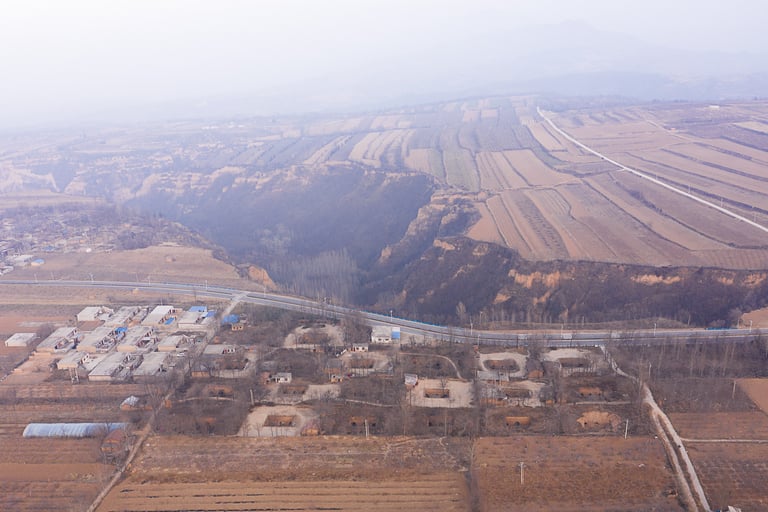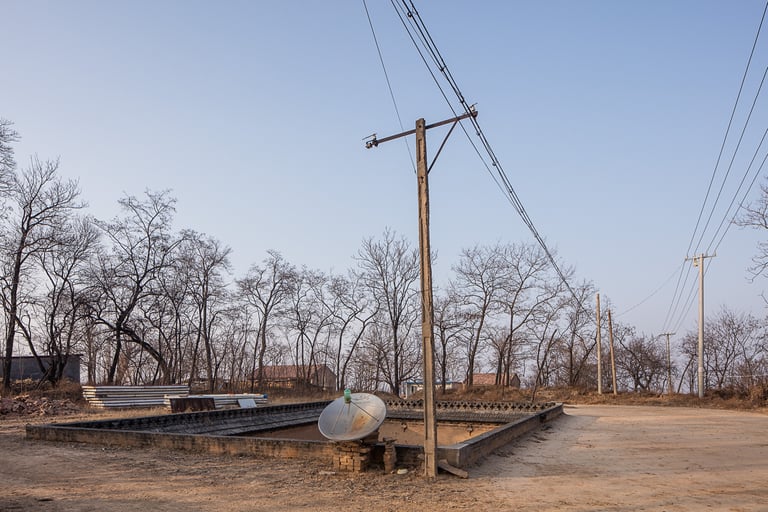Dikengyao
Troglodyte housing may not be one of our first thoughts for a sophisticated way of living. Though, if we reframe the concept of troglodyte housing as - single family house with inner 150sqm courtyard garden, 8 or more room divisions and free parking space on the outside - one may change its mind. Not far from Xian, China, dozens of villages still partially preserve this fading way of living. The “dikengyao” – sunken cave dwellings – represent a rare technique of building shelter in human civilization. The resemblance with a radical Land Art installation made these underground villages one of the main protagonists at “Architecture without Architects” MoMA exhibition in 1964. Rudofsky, the curator, discovered these vernacular wonders through the aerial pictures of German air pilot Wulf-Diether zu Castell, who worked in China during the 1930s and provided what is still the better known document of these vernacular wonders. This photographic project intends to show a bit more of its unique life and urban morphology, that risks extinction.




2017-2020
